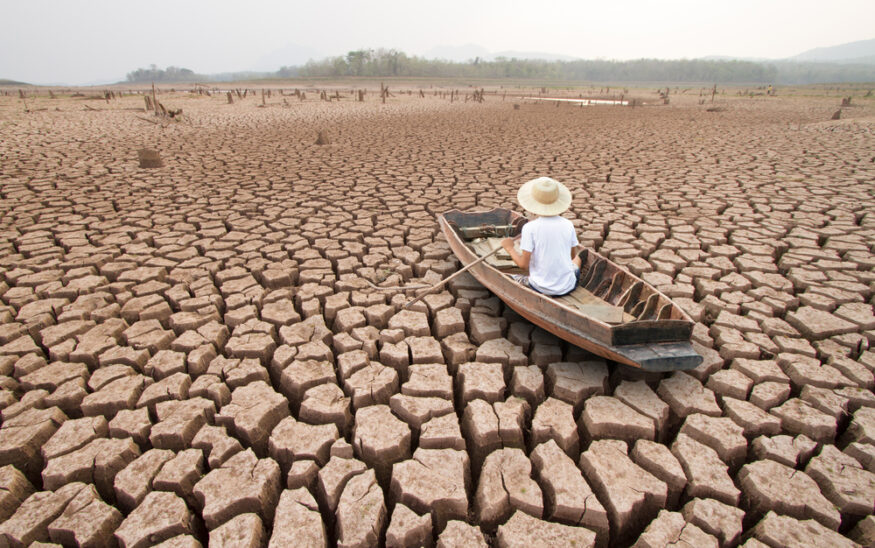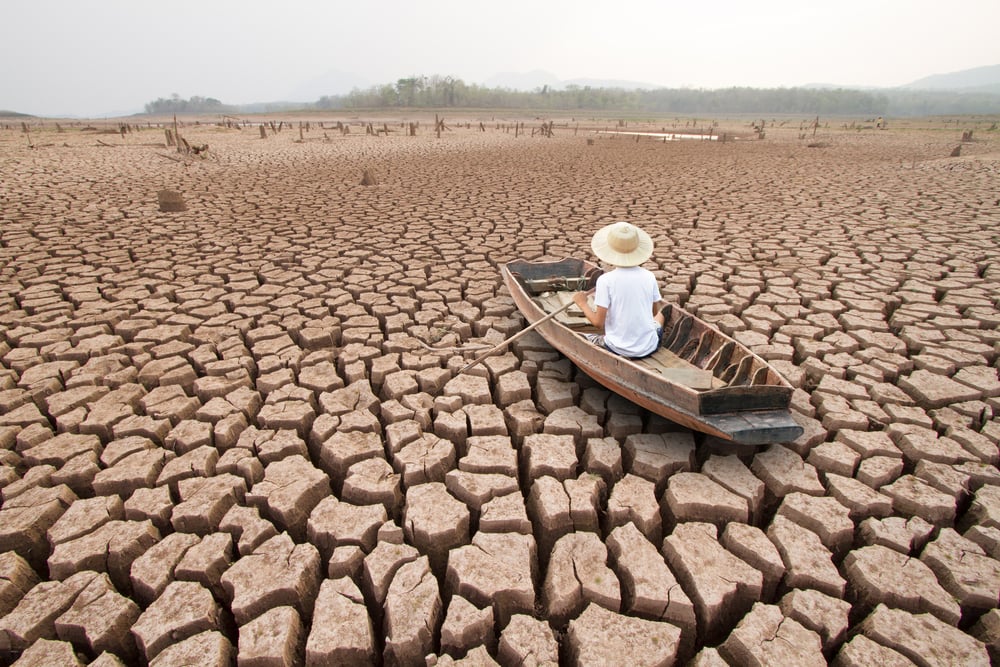Is Investing Like the Weather or Climate Change?
Diversification protects from highs and lows
Kevin McNab //February 21, 2019//


Is Investing Like the Weather or Climate Change?
Diversification protects from highs and lows
Kevin McNab //February 21, 2019//

On Jan. 30, I got a text from my sister in Kalamazoo, Michigan. Stuck in the middle of the polar vortex, her thermometer read 38 degrees below zero. I gave her some sympathy, but mockingly replied (as brothers will do) with a picture of the sunny, 48-degree day we were experiencing in Denver.
Just two days earlier, President Donald Trump tweeted, “In the beautiful Midwest, windchill temperatures are reaching minus 60 degrees, the coldest ever recorded. In coming days, expected to get even colder. People can’t last outside even for minutes. What the hell is going on with Global Warming? Please come back fast, we need you!”
This caused the scientific community and news organizations to vigorously explain the difference between weather and climate. As this was going on, it occurred to me that the psychology of investing is very similar to our climate and weather.
Climate Verses Weather
My high school-aged son, Jacob, recently volunteered at nursing home in Broomfield, where he spoke at length to a retired farmer and World War II veteran. In their conversation, the man told Jacob how he used to drive his pickup truck across McKay Lake in Westminster. I was stunned — today, a pickup truck wouldn’t make it three feet on the thin ice before sinking into the chilly water. As I write this article, I’m looking out my window at a cold 20-degree day with light snow falling. This is an example of the distinction between climate and weather: time.
Climate is defined as averages of daily weather conditions over time. Climate change (sometimes called global warming) is defined as a shift in global or regional climate patterns, especially starting in the late 20th century, due to the use of fossil fuels. The gradual increase in temperatures over time due to global warming means Jacob can no longer drive a truck across the ice on McKay Lake.
Weather is short-term (minutes to months) change to the atmosphere including temperature, humidity and precipitation. We may see record-low temperatures on a cold and blustery February day, but that doesn’t mean the average annual temperature hasn’t risen over the last few decades. If there is any question about this being true, try to drive your car across McKay Lake on the next cold day in Denver.
Investing is like Climate verses Weather
Even in the middle of the polar vortex, my sister understood it was temporary, and winter temperatures would soon return to normal. Eventually, summer will come along, and the polar vortex will be a distant memory. Prior to a big snowstorm or cold spell, Americans may clear supermarket shelves and hoard bread, milk and beer, but most are reasonable and know the cold will dissipate and the snow will eventually melt. People prepare accordingly for the weather. If it’s cold, we wear hats, scarves, gloves and sweaters. If it’s hot, we wear sandals, shorts and T-shirts.
When we study the stock market, the overall trend during the last decade, half-century or century is overwhelmingly positive. The climate of the stock market is significantly up. There are days, weeks, months and even years, however, when the weather of the stock market is declining and unpleasant. When it comes to the emotional world of money, the discomfort of a declining stock market can turn to panic.
Climate is gradual and sometimes hard to detect, so can go easily unrecognized. Weather impacts our daily life and can make us uncomfortable. In a declining stock market, investors must remember the overall stock market climate has been increasing over the long-run.
Just as we prepare for cold weather, investors must also prepare for an occasional declining stock market with a diversified portfolio put together strategically for specific financial goals. Just as you might walk outside your front door to check the weather, your portfolio should also undergo stress tests if the market drops. You wouldn’t wear sandals on a snowy day — and your portfolio shouldn’t have to, either.
























